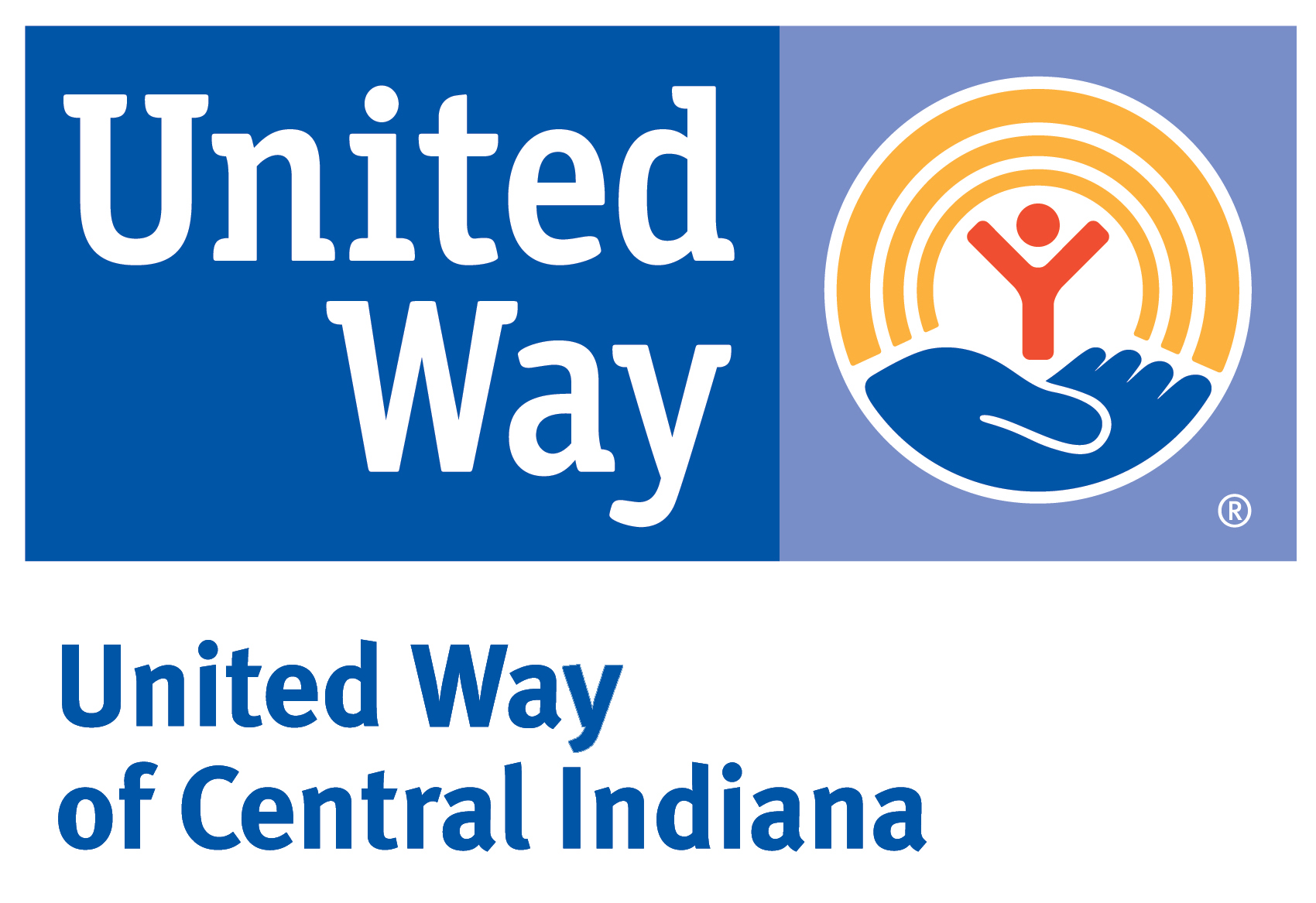Equity and Criminal Justice
SAVI Talks - November 18, 2021An individual’s interaction with the criminal justice system is not necessarily a random event: Research shows that beginning from birth, various factors including disability, race, gender, and economic status result in disproportionate impact on subpopulations in a way that makes them more likely to engage with the criminal justice system. These factors, and policies that alleviate or compound existing inequities will be examined using the Cradle to Prison Pipeline framework.
This report examines a concept called the “cradle to prison pipeline.” It is a review of some of the basic statistics at each stage of this pipeline: childhood, school, juvenile justice, early adulthood, and imprisonment. For each stage, we present basic trends and disparities across race, place, gender, and other demographic variables.
Research has shown that highlighting racial disparities can actually increase support for policies that perpetuate inequality, such as “stop and frisk.” With caution, this report maintains a focus on disparities, particularly between Black and white residents, because those are indicative of problems within systems and not the inherent criminality of individuals or populations.
Black and white jail population per 100,000 people age 15-64 (five-year average)
Indiana
Marion County
Community Trends Report
SAVI Talks Presentation
Introduction & Report Presentation:
Panel Discussion & Closing Remarks:
Articles and Story Maps
Explore other research and interactive content we have developed around equity.
Using SAVI Home Mortgage Data to Understand the Indianapolis Housing Market
Affordable housing is an issue that concerns everyone. Central Indiana has not experienced the housing boom that affects other regions, especially in coastal areas, but costs are rising here as well. How affordable is housing for residents of the Indianapolis MSA?...
Obesity and Environment in Indianapolis: An Analysis of Neighborhood Indicators
Obesity is presently one of the most serious and challenging health problems facing the developed world. According to the World Health Organization, 55 percent of U.S. adults are overweight with minority women being the most affected. What is causing the dramatic and...
Demographics: Population Change 1990 – 2000
The Indianapolis metropolitan area is one of the fastest growing in the nation. The largest metropolitan area in Indiana, it is the 34th largest metropolitan area in the nation. (Metropolitan areas are combinations of counties with a large central city that is the hub...
Authors
Sharon Kandris
Associate Director,
The Polis Center
Jay Colbert,
Data Manager,
The Polis Center
Jeramy Townsley,
Visiting Research Analyst,
The Polis Center
Matt Nowlin,
Research Analyst,
The Polis Center
Event Partners





